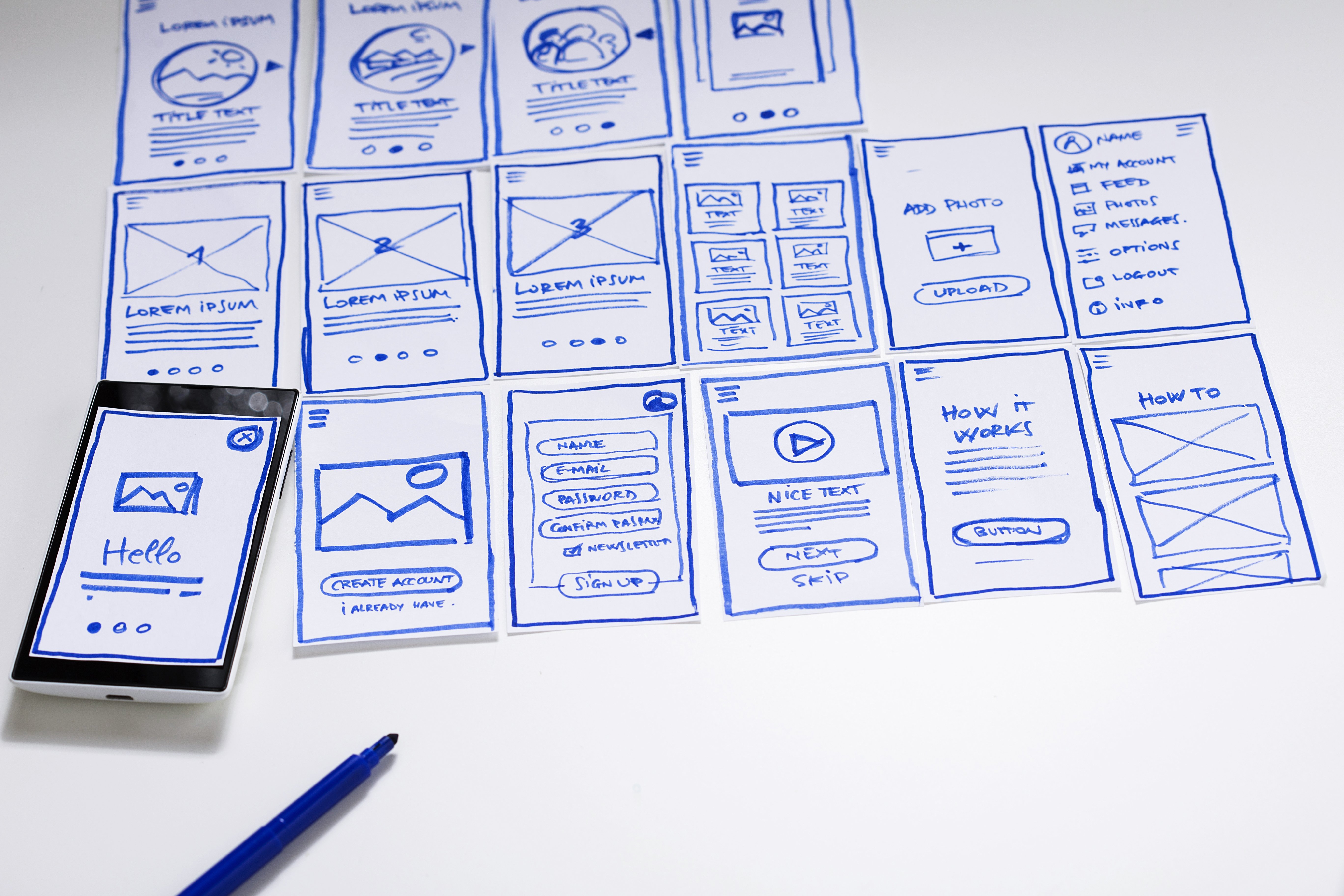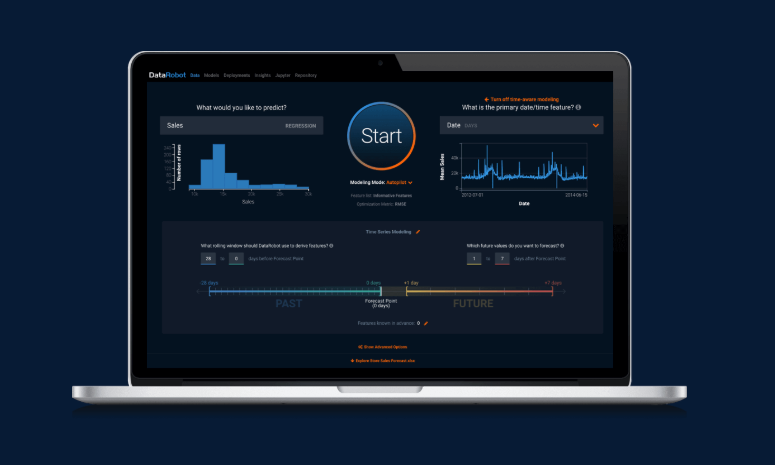Every year at Catalyst UX we do a roundup of what we see as the top UX trends for the coming year. Our picks are based on experience we have with our clients in medical and life sciences, financial services and other work in IoT and cloud.
Largely, UX trends are driven by macro changes in technology, hardware, environment and how users respond to these. At the highest level this year, we’re also seeing changes due to the acceleration of artificial intelligence (AI), differentiation of smartphones and new form factors having to do with face recognition and touch ID. Read on for details about each trend.
Trend 1: Rapid ID Authentication
One key area of focus in UX design is often the sign-in process. Increasingly, this is being simplified with Rapid ID Authentication. Now, instead of a username and password we have touch ID and face ID. And, as full-screen devices become more popular, more and more applications will be added with face recognition authentication allowing for real-time, more accurate one-click login. This not only makes it easier and more secure for the user to log in, but it also means that applications may be used more, as they are easier to access.
Trend 2: Perceptual Aesthetic Improvement

Users are expecting online interactions to be natural. This means that the UX design must mimic or be very close to a natural physical response a user has to a given situation.
Trend 3: Streamlined Navigation and Design
We can’t seem to get away from this, but when it comes to design, less is more. Make sure navigation is streamlined and not overloaded with pop-ups or notifications. Also, be sure to have and keep a common user navigation pattern. When possible, implement time-saving features to make it easier for the user to interact, while reducing clutter on the screen.
Trend 4: Predictive AI Technology
Artificial intelligence (AI) in finance is transforming the way we interact with money. AI is helping the financial industry to streamline and optimize processes ranging from credit decisions to quantitative trading and financial risk management.
For example, artificial intelligence solutions are helping banks and credit lenders make smarter underwriting decisions by utilizing a variety of factors that more accurately assess traditionally underserved borrowers, like millennials, in the credit decision-making process.
Pictured above, ZestFinance helped auto lenders use machine learning to cut losses by 23% annually and more accurately predict risk.
 Trend 5: Rapid Design as a Collaborative, Distributed Team Sport
Trend 5: Rapid Design as a Collaborative, Distributed Team Sport
As digital teams grow and projects become more complex, designers are being valued by collaboration and team enablement rather than individual tasks. At Catalyst UX we work as a distributed team, collaborating for the best outcome using design tools like Figma. With the complexities and many nuances involved in today’s UX design, it’s important to work with highly skilled cross-functional teams (social scientists, UX designers, UI architects) in an iterative, rapid format.
Trend 6: Privacy by Design

From a UX perspective, digital products now need to empower users by helping them make informed decisions about their privacy and giving them easier, more accessible ways to control their data. This new approach will require us to rethink UX and UI. Account registration will be a prime area of focus, but UX designers also need to think of the in-app experience.
Trend 7: Continued Investment in Digital Transformation

Looking to update your Fintech UX? Read our article, Seven Steps to Updating Your Fintech UX.
Trend 8: Voice User Interface and Interaction

There is much to be considered when it comes to UX design for voice user interfaces (VUI). A few things to entertain are: conducting user research so you understand use cases, developing what-if scenarios, creating customer journey maps and running a VUI competitor analysis. At Catalyst UX we have a 16-point, proven methodology and can help you with this.
Is your software staying ahead of the curve?
To make sure you’re well positioned for 2020, we’re offering a FREE UX design review (a $3000 value). If you’re updating your software in the next year, this is the perfect way to get started. We’ll help you identify the top UX refinements that will have the greatest impact on your customers and your bottom line.





 Trend 5: Rapid Design as a Collaborative, Distributed Team Sport
Trend 5: Rapid Design as a Collaborative, Distributed Team Sport